Breaking down Michael Brecker!
When looking at musical notation it can seem like random notes. But if we break down each group into 4 note groupings called “Tetrachords” or “CELLS” we can break down the music theory and play each group on our instrument.
We can then remember the “Sound and Shape” of each cell and then join them together. In turn we can then apply these cells to our own instrumental playing/improvisations.
FULL SOLO LINE/PHRASE

1st Grouping of 4 notes [Tetrachord]=E flat Pentatonic shape/sound [F Mixolydian]
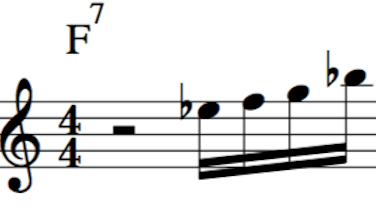
2nd Tetrachord=A flat Minor triad and 4th interval [or #11 #9 and #5]

3rd Tetrachord=Minor scale fragment with #11
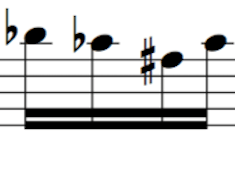
4th Tetrachord=Changing cell. [From flat 9 to C Jazz melodic minor]

5th Tetrachord= C lYDIAN [mAJOR CELL]
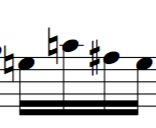
6th Tetrachord =C LYDIAN/D MAJOR Pentatonic shape

7th Tetrachord=C minor arpeggio and finishes with a 4th interval landing on the F TONIC NOTE.
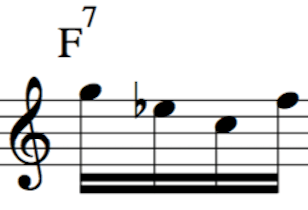
8th Tetrachord= F SCALE FRAGMENT

9th Tetrachord= F LYDIAN FLAT 7 CELL

10th Tetrachord = F SHARP 9 =VERY OUTSIDE SOUNDING

Lastly= Flat 6 for C minor
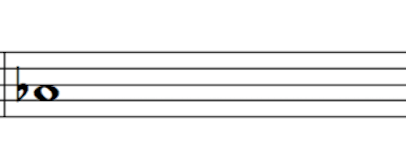
CONCLUSION:
In terms of fingering and musical application on our instruments learning shapes and “Connections” and breaking phrases down into 4 note cells [Tetrachords] is really useful because complex lines can be understood and learnt quickly.
In turn this gives us lots of patterns for improvisation and theoretical knowledge to improvise with as opposed to just playing scales and arpeggios.
If you found this easy then try and break this little solo down into” Hexatonic” scale application. You might find it really interesting!
